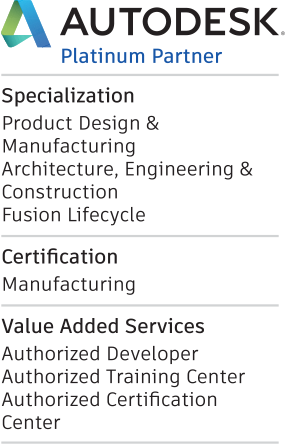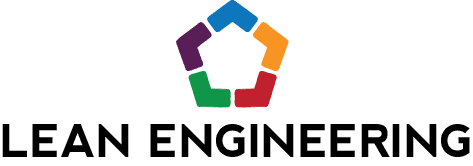Weight. It’s always a consideration. How heavy is my product? How will that affect shipping costs? Can I reduce the amount of material that I’m using? Can we design better blanks for faster machining? These questions constitute just a small number that pop up during the design of various products. These issues have traditionally been handled through physical prototypes and educated guesses. But, what if you could address the issue of weight savings ahead of time, early on in the design phase of a project?
Checking out Autodesk’s newest product, Fusion 360, I discovered that Autodesk is making that process simpler and easier than ever before with the addition of Shape Optimization. So, I decided to put that to the test.
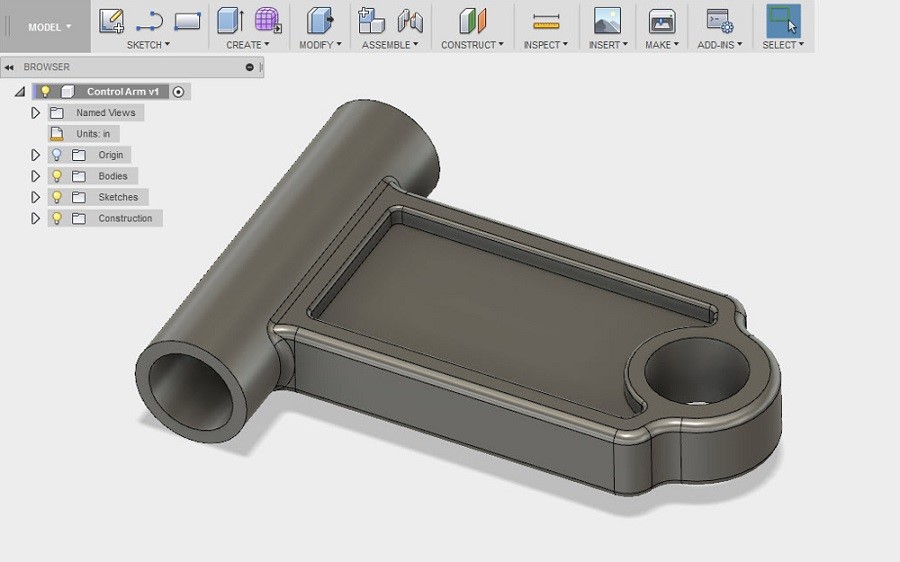
Within Fusion 360’s simulation environment, I found that the Shape Optimization tools can help you shave weight from areas that see little or no stress during real-world usage, while still preserving material where it’s needed.
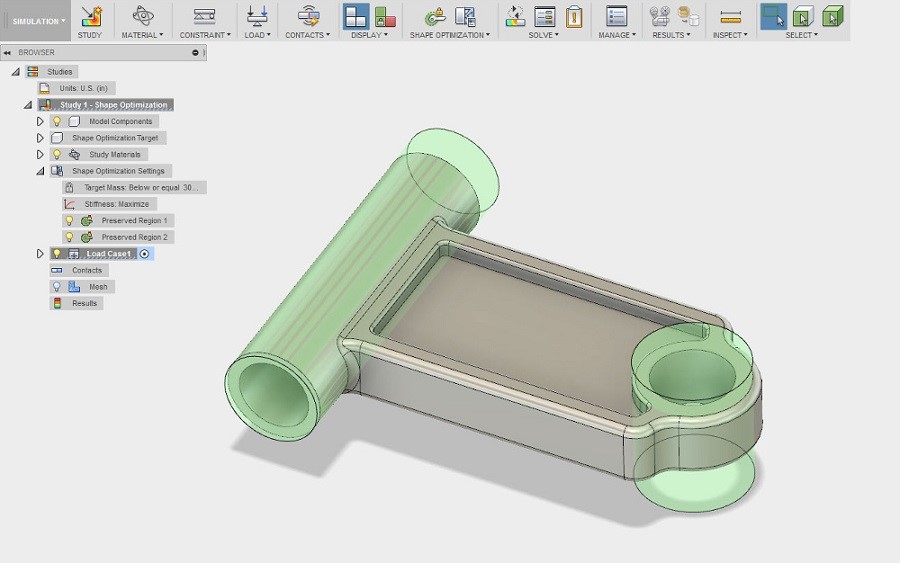
I then applied loading conditions and constraints to replicate how the product will be used, and Fusion 360 generated a mesh body to indicate areas where I could remove excess material without compromising the structure of the part. How cool is that?!
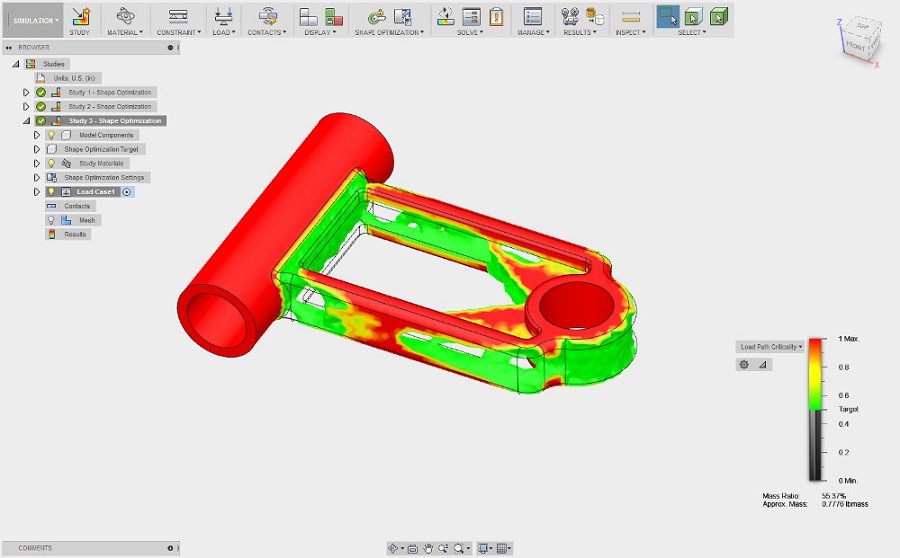
I was then able to promote that mesh body back into my model and use it as a guide to help optimize my design.

Removing areas that didn’t need as much material, I discovered where my model really needs strength and rigidity.
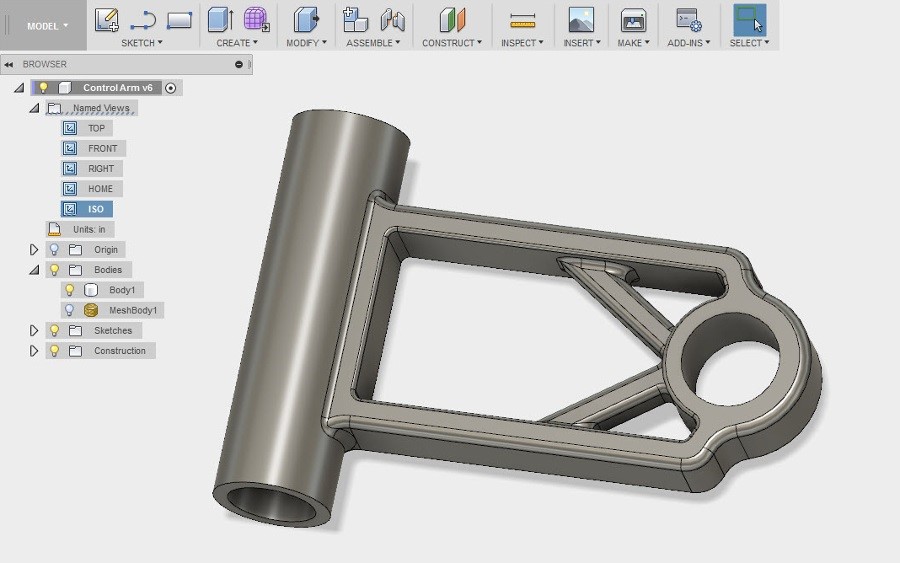
Once my design was refined, I ran it through a stress analysis to gather results on performance and safety. Unless any further changes are required, this product is now ready to move on to the next phase of manufacturing.
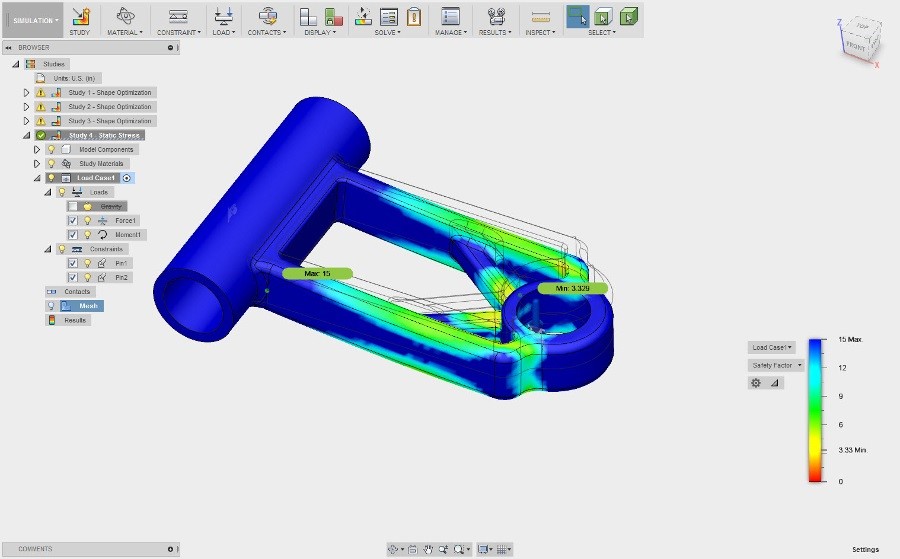
This process really was easy! Any familiarity with the finite element analysis process will make using Shape Optimization a breeze. Autodesk is really helping designers make big strides early on in their design process. Not only can Shape Optimization help speed up this phase of a project, but it will save money in so many other ways: redesigns, material cost, machining time, safety recalls, and more.
If you have Fusion 360, try it out and let us know how it goes!






